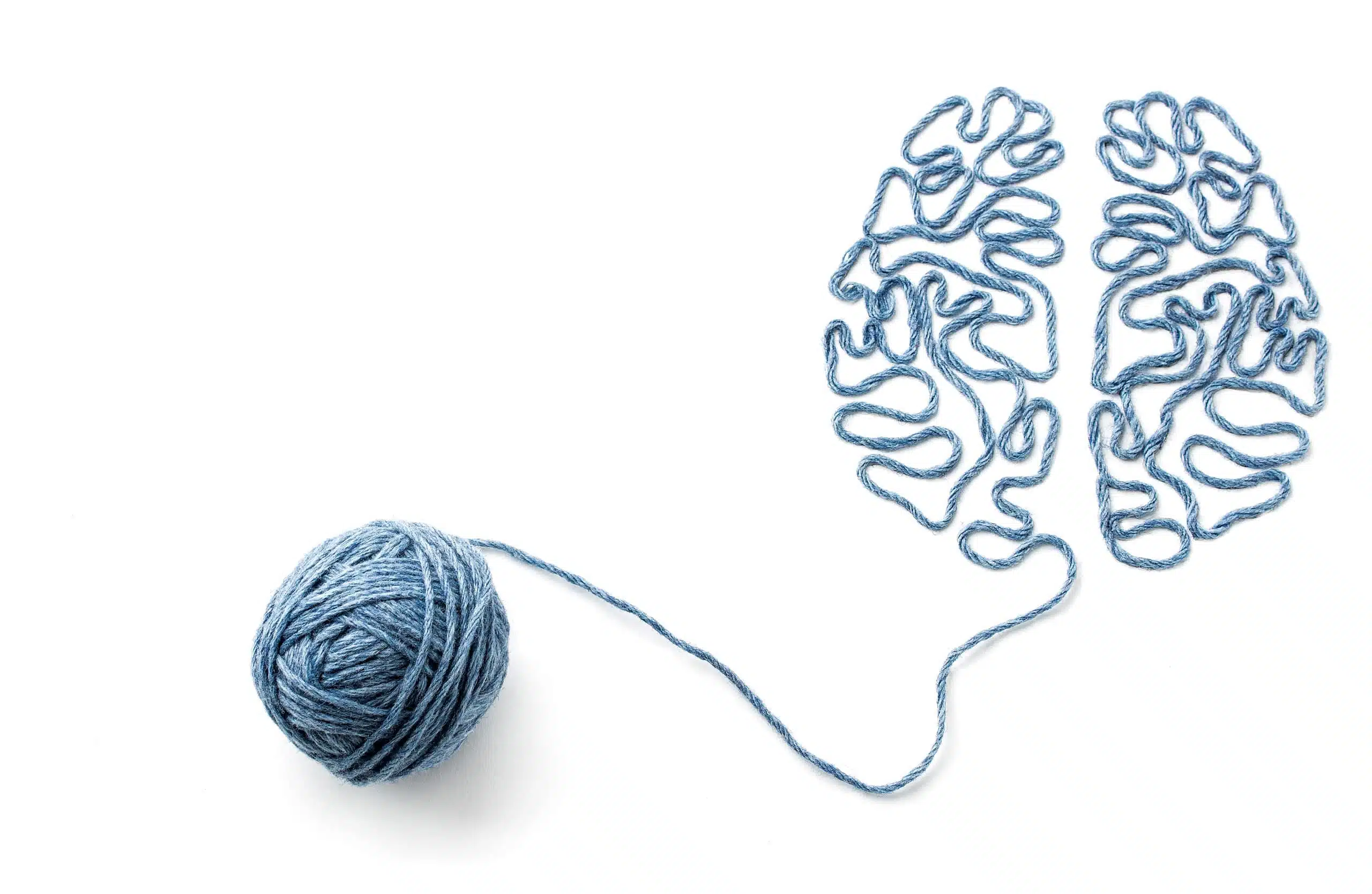While the brain is a complex organ, it can be broken down into three layers:
- Survival brain
- Emotional brain
- Learning brain
Survival brain
The is the oldest part of the brain and asks the question “am I safe?” This layer is responsible for:
- Taking in information from the environment
- Coordinating reflexive, defensive behaviours during times of threat
- Activates our instincts to protect ourselves when we don’t have time to think before we act
Emotional brain
This middle layer of the brain can be thought of as the “feeling centre” of the brain and asks the question “Am I fearful or sad?”. This layer is responsible for:
- Emotional learning
- Storing our memories
- Controlling the release of hormones
Because emotions and memories are connected in the brain, the brain can unintentionally be trained to respond with big emotions to anything that triggers a particular memory. For example, if you experienced overwhelming fear, sadness, or shame during a traumatic experience at work, you could be more likely to continue experiencing those emotions when reminded of this situation or related reminders, even well after the traumatic event has passed.
Learning brain
The highest layer of the brain can be thought of as the learning brain and asks, “what can I learn from this?” The learning brain is involved with:
- Cognition
- Problem solving
- Decision making
- Attention
- Learning new skills
- Adapting to our environment
